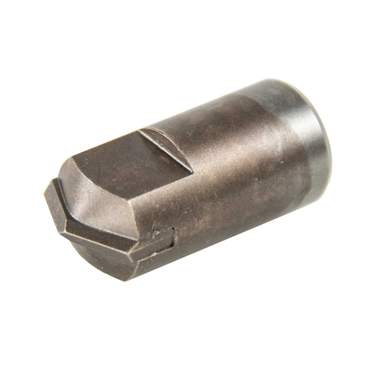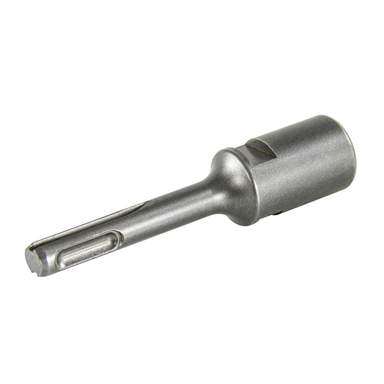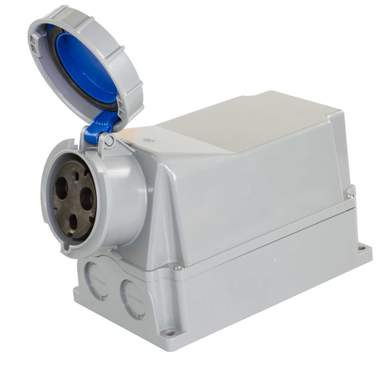There are other aspects of the care and feeding of a generator you need to consider. 20kVA is quite a bit of current (87A) so while you can get sockets for that, they would be the 125A 'commando' sort and really are a beast to wrangle, and not cheap either! For example (socket for supply end = generator mounting, should be plug for transfer switch end, so no live pins if anything unplugged and running!):
IEC 60309 specification
www.cef.co.uk
As such a generator is anything but portable, you would be better having it hard-wired in SWA cable.
Also they need to be run regularly, say 15-20 minutes every week, to keep the engine in good condition and (if diesel) occasionally run on a high load to keep the valves and exhaust from oiling up ("wet stacking" in USA parlance).
That also helps keep the battery charged, as if that runs down you will find it won't start when you really need it! Our generator admittedly has ATS (automatic transfer switch) and a USB-network adaptor for remote monitoring, in addition to its own control panel, and that lots takes about 0.27A so in just over 6 days its 44Ah battery would be flat. Realistically we have maybe 3 days before reliable cranking in cold is going to be tough.
Usually ATS have a trickle charger to keep the battery full, even if you don't got for automatic operation, having and DC power and control lines run in to the property (separate SWA or similar) for a trickle charger and means to start it from indoors if blowing a storm outside are worth considering.
Finally fuel has limited life. You might already go through a lot of diesel and so can keep the generator tanks not much more than 6 months old, otherwise you need to think what to do. HVO or Shell GTL both have around 10 years shelf life (claimed!) but only available in bulk, and more expensive. LPG is another option but few generators available to use it, but bulk tanks are at least tricky to steal from!











